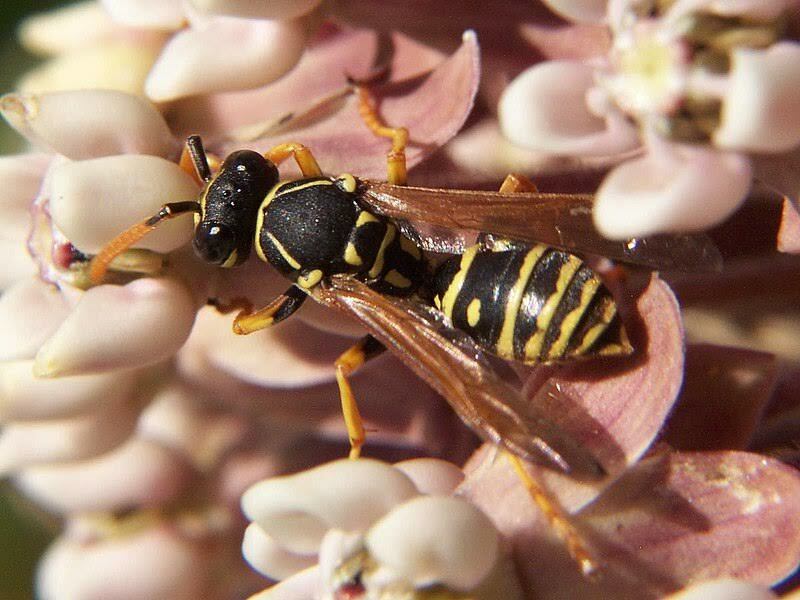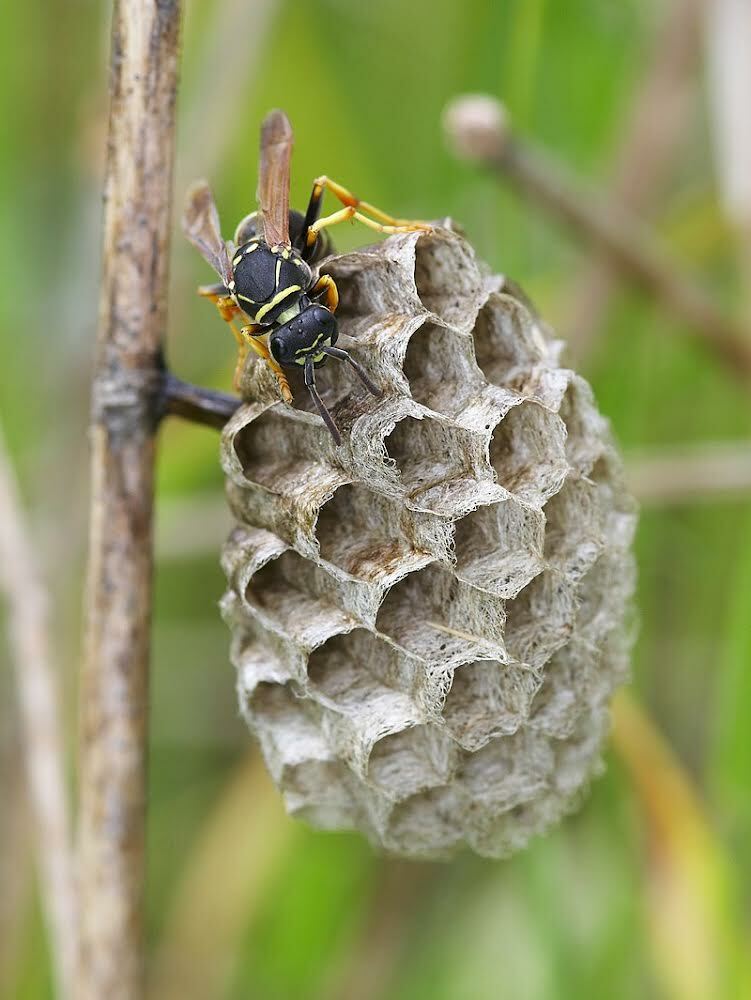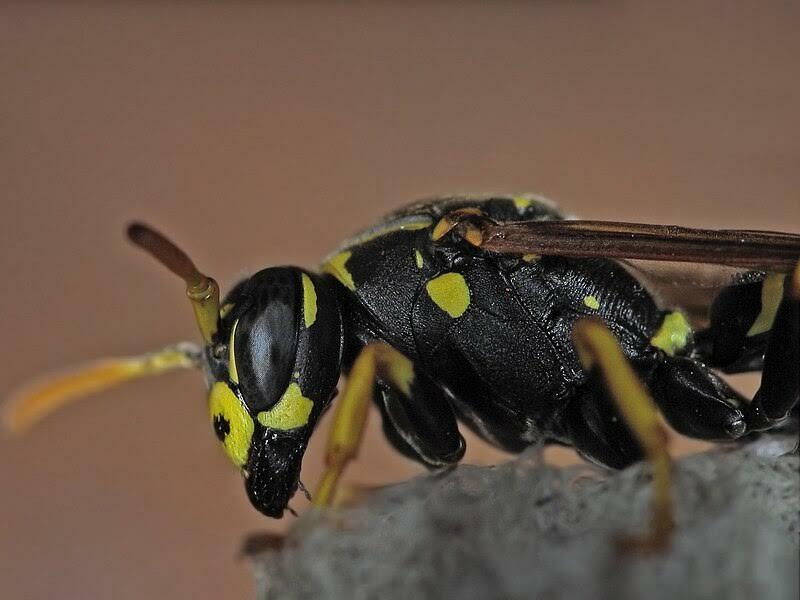One bright morning last summer, after an hour of pottering in the garden, I decided to sit on the porch for a while with a cup of tea and the Sunday paper. So I headed for the porch, thinking of nothing in particular, and began to walk up the steps, when I suddenly stopped dead. On the top step there was a wasp.
The wasp wasn’t buzzing around or zooming in circles as wasps usually do, but just standing there on the steps. It was facing me, and since the little insect was on the top step, we were pretty much at eye level with each other. We both paused.
The bug was less than an inch long. I had a rolled-up newspaper in hand. It’s a wasp, I thought, those suckers sting. All it would take was one good smack. But we stood there, the wasp and I, staring at each other.
I really had a sense that it was looking at me, considering me, evaluating my threat potential. I could almost see the wheels going around in that tiny head. Apparently, I rated fairly high on the alarm meter, because the wasp drew itself erect, tilting its body upwards, still staring me down. It could have attacked, or fled, but the wasp stood its ground, confronting an enemy a hundred thousand times larger than itself.
Hmm. I decided to reconsider my time on the porch and retreat indoors instead – to google “wasp behavior” on my laptop.
I was surprised to find that many entomologists consider wasps to be among the most intelligent insects on the planet. Like honeybees, some species of wasps (but not all) live in colonies, which requires complex and flexible communication skills. Wasps aren’t running on pure instinct. There’s some thought that goes into their decision-making process.
And I was right to think that the wasp was looking at me purposefully. Wasps have very acute vision. It was considering my face.
A study done by biologists at the University of Michigan has shown that wasps have amazing facial recognition abilities. The thing is that not all wasps look alike. If you observed a family of wasps close-up (don’t, though) you’d discover that they all have slightly different faces, just like your own family does. The brains of wasps can recognize facial patterns very much as humans do. Turns out wasps can tell their own family members apart. They can also spot wasps who aren’t part of the family, but are invading to steal food.
Now entomologists think that wasps may even be able to recognize and remember individual humans. So perhaps my acquaintance on the porch was studying me, memorizing my face, figuring out if I was friend or foe.
She was a type of wasp called paper wasps because they build papery nests. I say “she” because, as with honey bees, all the worker wasps are female. The ladies do the work of nestbuilding and tending to the young. Paper wasps build a saucer-shaped nest from dead wood, which they gather in their mouths, one tiny wasp-bite at a time, chew up and turn into wood pulp that dries into paper.
Unlike the wasp, I do not have amazing facial recognition abilities, not even for humans, and certainly not for insects. I wouldn’t know her for sure if I saw her again. But that summer a paper wasp nest appeared high in the corner of the porch roof.
It was a small affair, about the size of a doughnut, with a few wasps usually hanging about or buzzing off casually on errands. They never came close to any humans, and I saw no need to reach for the spray can that would jet a stream of poison into the air. Wasp-killer pesticides, designed to kill from a distance, are really really toxic stuff. With a toddler and a dog hanging out on the porch, not to mention the butterflies and hummingbirds that come visiting my fuchsia, I didn’t want to be blasting clouds of wasp-killer spray into the air. A small paper wasp nest seemed like much the lesser of two evils.
Further googling revealed that paper wasps are not highly aggressive. Like me, they become irritable and even seriously annoyed if their homes or their young are threatened. But left alone, they’re happy to return the favor.
So we decided to tolerate each other. I minded my own business, sitting on the porch with my paper and my tea, and they minded theirs. We passed a summer of peaceful coexistence. Occasionally I saw a wasp perched on the porch rail or exploring one of the petunias, and wondered if it was the one I didn’t smack on the porch step, and if she remembered me at all. I’d nod, but she’d ignore me, give her antennae a good cleaning, and whiz off about her business.
We’re never going to be best friends, she and I, but we don’t have to be enemies, either. We’re just neighbors.



